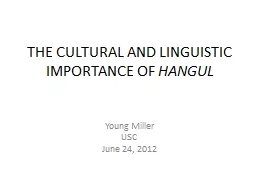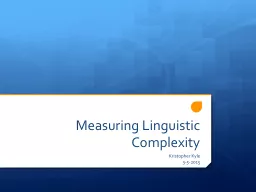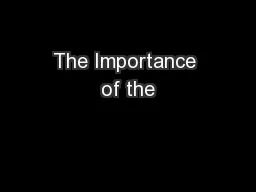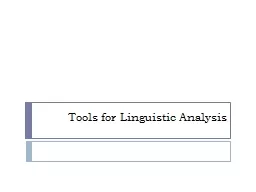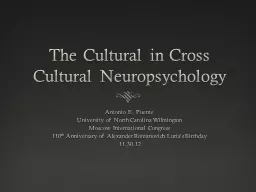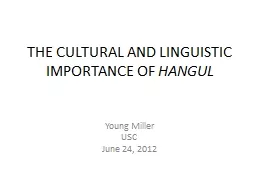PPT-THE CULTURAL AND LINGUISTIC IMPORTANCE OF
Author : giovanna-bartolotta | Published Date : 2018-10-20
HANGUL Young Miller USC June 24 2012 Hangul the Korean Alphabet Invented by King Sejong in 1443 Phonetic Alphabet 28 letters 17 consonants and 11 vowels at the
Presentation Embed Code
Download Presentation
Download Presentation The PPT/PDF document "THE CULTURAL AND LINGUISTIC IMPORTANCE O..." is the property of its rightful owner. Permission is granted to download and print the materials on this website for personal, non-commercial use only, and to display it on your personal computer provided you do not modify the materials and that you retain all copyright notices contained in the materials. By downloading content from our website, you accept the terms of this agreement.
THE CULTURAL AND LINGUISTIC IMPORTANCE OF: Transcript
Download Rules Of Document
"THE CULTURAL AND LINGUISTIC IMPORTANCE OF"The content belongs to its owner. You may download and print it for personal use, without modification, and keep all copyright notices. By downloading, you agree to these terms.
Related Documents

